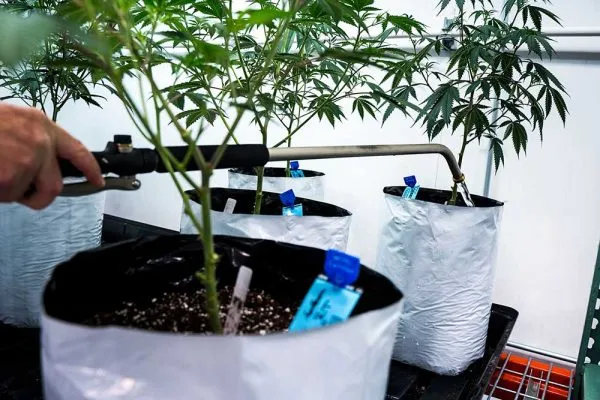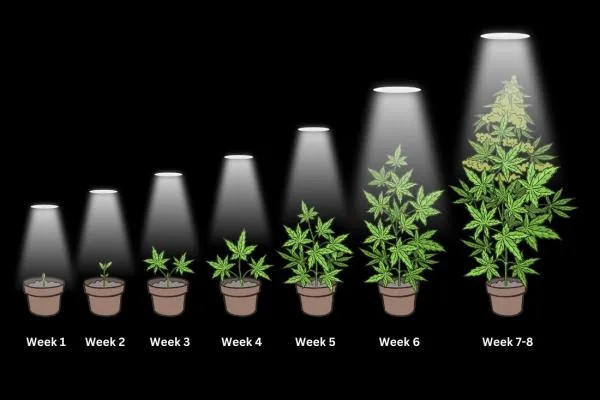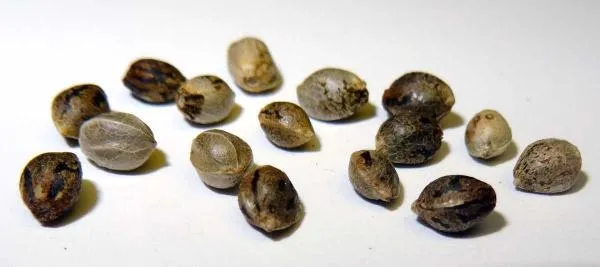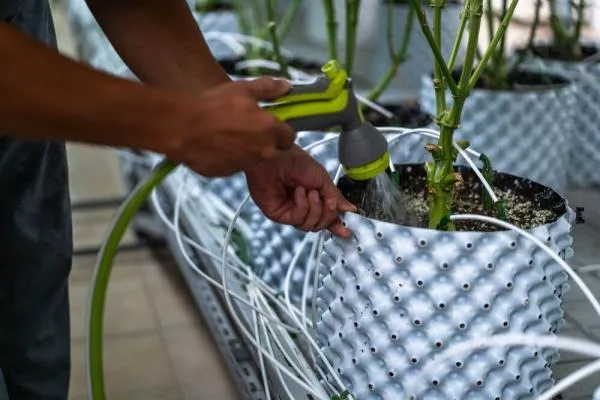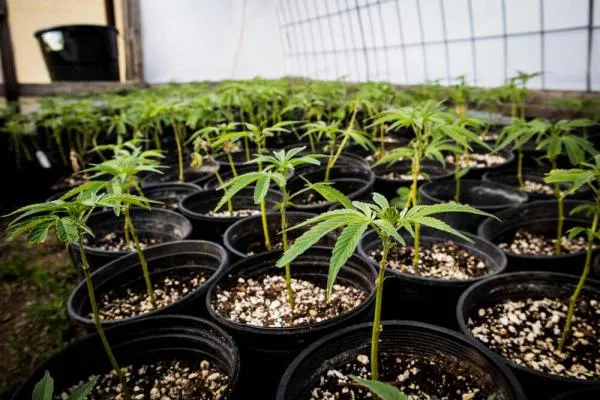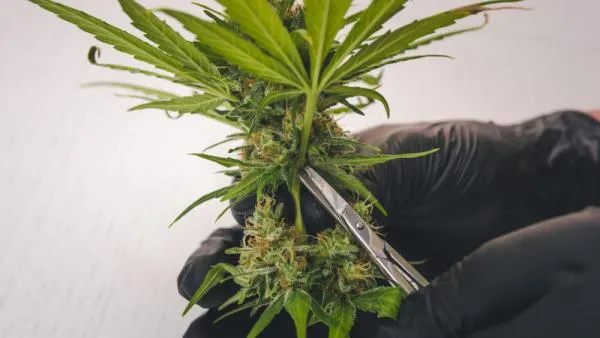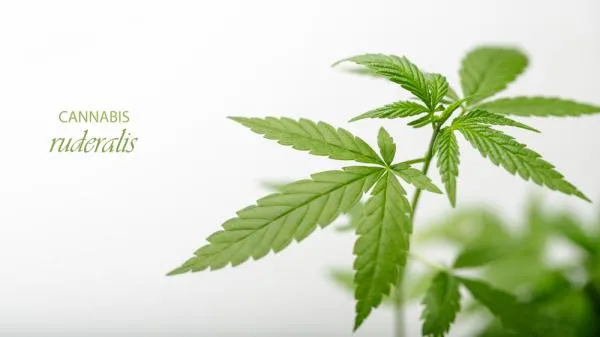Understanding Autoflowering Cannabis Plants
Autoflowering cannabis plants are a revolution for growers looking for a faster, easier way to cultivate weed. Unlike photoperiod plants, autos don't rely on the traditional light cycles from 18/6 to 12/12 to start flowering—they do it on their own, usually within 2-4 weeks from germination.
This means there is no need for you to change your timers and light cycle, making them ideal for beginners, first-time growers, and those looking for a low-maintenance grow.
These plants are bred from Cannabis ruderalis, a hardy variety known for its resilience in tough climates, naturally found in areas such as Siberia. This makes autos naturally more resistant to pests, diseases, and environmental stress.
Popular amongst home growers for their compact size and quick lifecycle, their watering needs are different from regular cannabis plants. Giving them too much or too little water can slow down growth or even kill them. So, here’s how to get it just right.
What Are Autoflowering Strains?
Autoflowers are cannabis plants that transition from the vegetative stage to flowering without needing a change in light schedule. They typically stay small and keep a low profile—between 1-4 feet tall—which makes them perfect for discreet indoor cultivation or small-space grows outdoors such as a patio, terrace or balcony.
Their short lifespan means they don’t have as much time to recover from mistakes, so proper watering is key to keeping them healthy, vibrant and producing top-shelf cannabis buds.
Growth Stages of Autoflowering Plants
Like all cannabis plants, autos go through different growth phases, each with its own watering requirements:
- Seedling stage (Week 1-2) – Needs very little water; soil should be moist but not soaked.
- Vegetative stage (Week 2-4) – The plant grows rapidly, so you’ll need to increase watering gradually.
- Flowering stage (Week 4-10) – Water intake peaks but needs careful monitoring to prevent overwatering.
- Final weeks (Week 10-12) – Watering decreases as plants near harvest.
Each stage requires a different approach, and factors like pot size, environment, and soil type all come into play. Below is a breakdown of the different factors that should be considered when watering your autoflowering plants.
Factors Influencing Watering Needs
Pot Size and Type
The size and type of container you use play a huge role in how much water your autoflowers need. Larger pots hold more water, meaning they dry out slower, while smaller pots dry out faster and need more frequent watering.
Fabric pots or air pots are great choices because they improve aeration and drainage, preventing water from pooling at the roots, as well as providing more oxygen for the plant’s roots On the other hand, plastic pots retain moisture longer, so you’ll need to be more cautious about overwatering.
Growing Medium Types
Your choice of soil or growing medium impacts how often and how much you should water. Autoflowers thrive in light, well-aerated soil that drains well while holding enough moisture. A mix of coco coir, perlite, and compost, works incredibly well to maintain an ideal balance and optimize root growth and plant health.
- Soil with good drainage – Retains enough moisture without waterlogging roots.
- Coco coir-based mediums – Retains water better but requires more frequent watering.
- Perlite additives – Improve aeration and drainage, reducing the risk of overwatering.
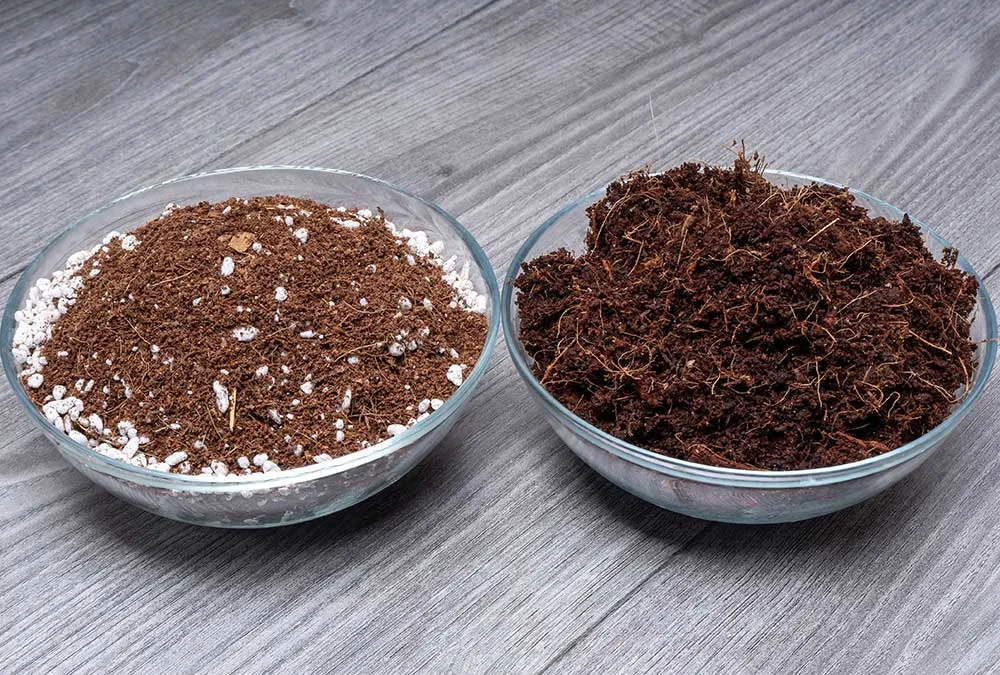
Environmental Conditions: Temperature and Humidity
The environment you grow in directly affects how much water your autoflowers need. Hot and dry conditions cause the soil to dry out faster, while cool, humid environments slow evaporation. Keeping an eye on humidity levels can help you adjust watering accordingly:
We recommend to use a digital hygrometer in your grow room to check the temperature and humidity with ease, ensuring you achieve the perfect environmental conditions for autoflowering cannabis plants. .
- Low humidity (Below 40%) – Plants drink more, so water more frequently.
- High humidity (Above 60%) – Water evaporates slower, so cut back on watering to avoid mold.
Best Practices for Watering Autoflowers
Determining the Right Amount of Water
Autoflowers prefer smaller, more frequent waterings instead of heavy soakings. The best way to check if they need water is to stick your finger about an inch into the soil. If it feels dry, it's time to water. If it's still damp, wait another day. You can also lift the pots to see how heavy or light they are, which is an indicator of how much water the soil or growing medium is present.
A rough guideline for watering amounts:
- Seedlings: 50-100ml of water per day
- Vegetative stage: 250-500ml every 2-3 days
- Flowering stage: 500-1000ml every 2-3 days (depending on size and environment)
Frequency of Watering at Different Growth Stages
- Seedlings – Water lightly every day or every other day.
- Vegetative Stage – Water every 2-3 days, allowing soil to dry slightly between waterings.
- Flowering Stage – Water every 2-3 days but monitor plant needs closely.
- Late Flowering – Reduce watering as plants approach harvest to avoid bud rot.
Signs of Overwatering and Underwatering
Overwatering and underwatering are two of the most common mistakes. Here’s how to tell the difference:
- Overwatering: Leaves are droopy and claw-like, soil is always wet, slow growth, yellowing lower leaves.
- Underwatering: Leaves are dry and crispy, wilting, slow growth, and soil is bone dry.
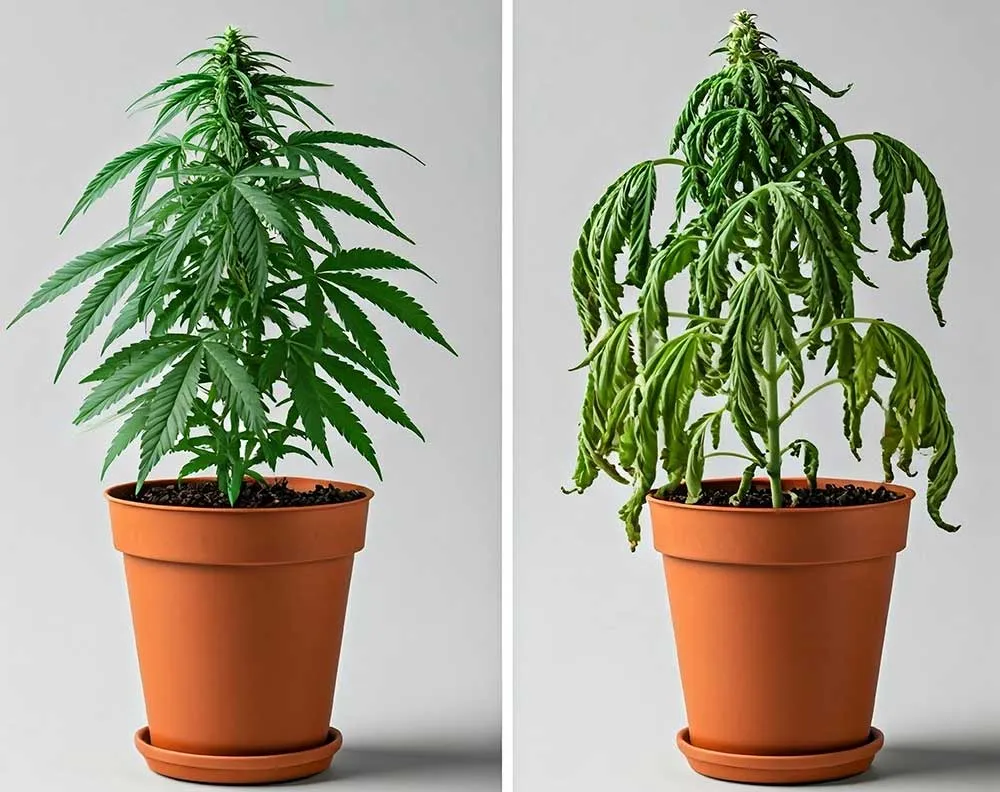
If you’ve overwatered, let the soil dry out completely before watering again. For underwatering, start watering in small amounts and increase gradually.
Techniques to Improve Water Absorption
Proper Drainage Methods
Drainage is key to preventing overwatering. Here’s how to improve it:
- Use fabric pots to allow excess water to escape.
- Ensure your pots have drainage holes.
- Elevate pots slightly to prevent water from pooling underneath.
Utilizing Mulching to Retain Moisture
Adding a thin layer of mulch (like straw or dried leaves) on top of the soil helps regulate moisture, reducing how often you need to water. It also keeps soil temperatures stable, which is great for root health.
Benefits of Adding Perlite to the Soil
Perlite is a game-changer for improving drainage. Adding 20-30% perlite to your soil mix ensures excess water drains away while keeping enough moisture for roots. It also helps roots get more oxygen, boosting overall plant health, as well as improve soil quality and texture.
Common Mistakes and How to Avoid Them
Using Cold Water for Irrigation
Cold water can shock your plants and slow their growth. Always use room-temperature water (around 68-72°F) to keep roots happy, and using soft water is always best.
Ignoring Plant-Specific Watering Needs
Each strain has different watering needs, and autoflowers generally require less water than photoperiod strains. Always monitor how your specific strain reacts to watering rather than following a strict schedule. You can also do the finger test and lifting the pot to double check how often you may need to water your autoflowering plants.
Watering During the Hottest Part of the Day
Watering in the middle of a hot day leads to rapid evaporation and can even scorch your plants if water droplets act like tiny magnifying glasses on the leaves. The best time to water is early morning or late evening when temperatures are cooler, as plants are able to transpire water from their leaves much easier, resulting in optimal plant growth and vitality. When growing autos outdoors, we recommend watering just after sunrise and then again around sunset.
Watering autoflowers isn’t complicated, but it does require some attention to detail. By understanding and having an awareness of how pot size, soil type, and environmental conditions affect water needs, you can keep your plants healthy and thriving.
Stick to a consistent routine, watch for visual signs of over or underwatering, and make small adjustments as needed. With the right balance, your autoflowers will reward you with a stress-free grow and high-quality buds.
